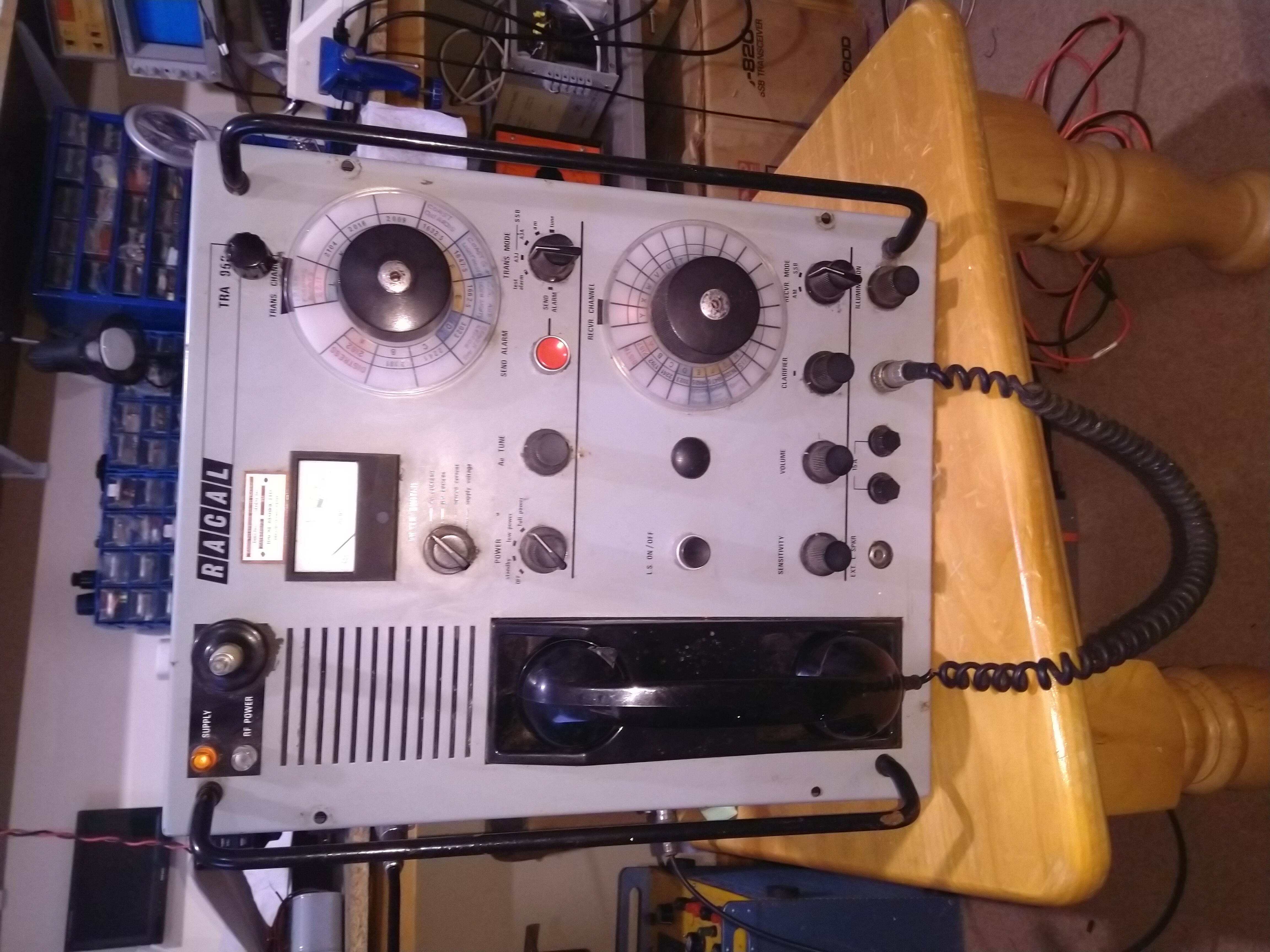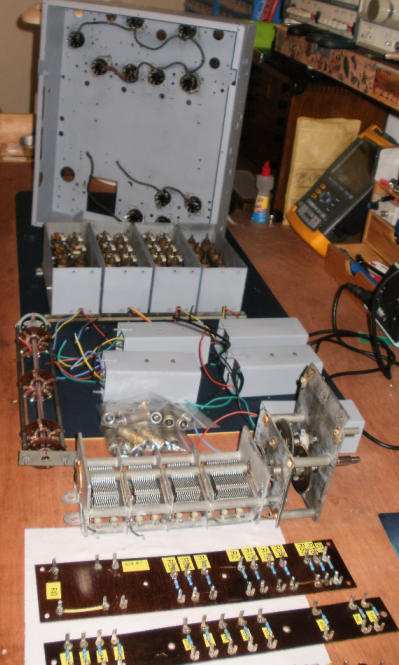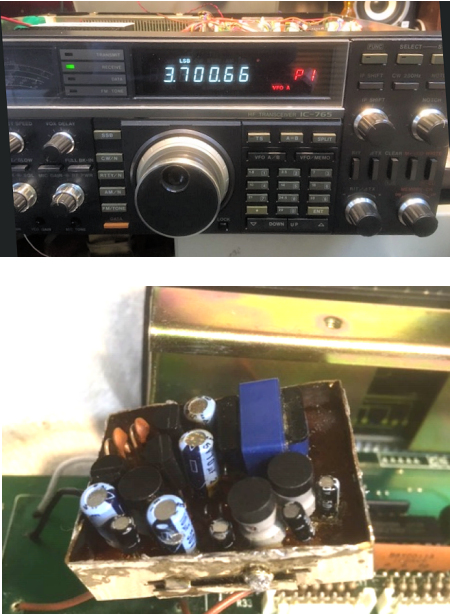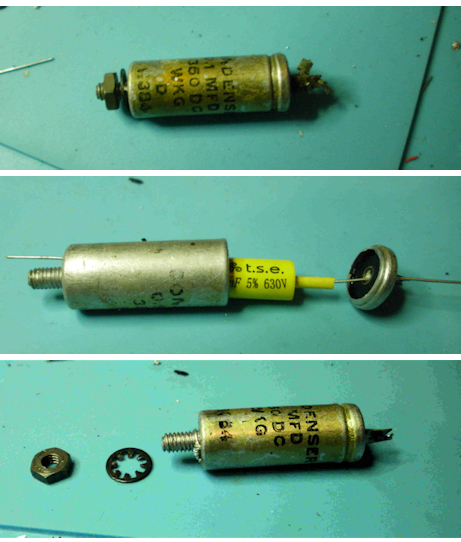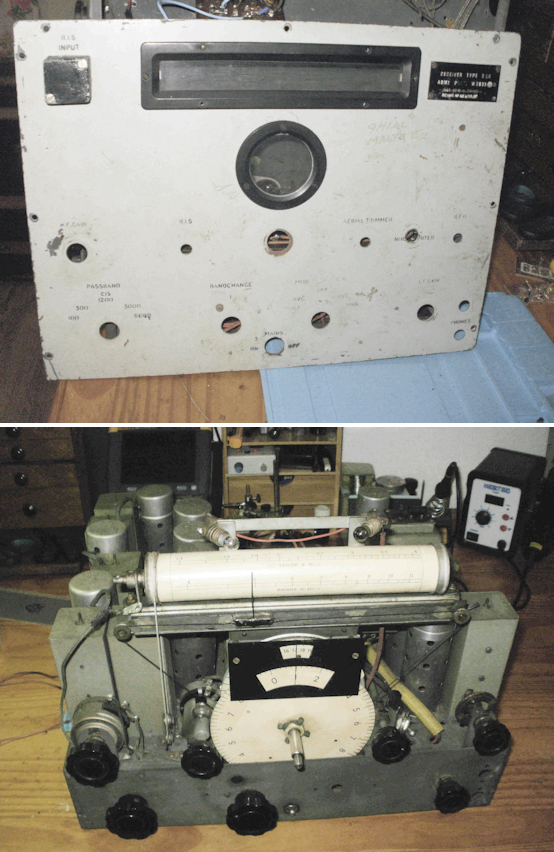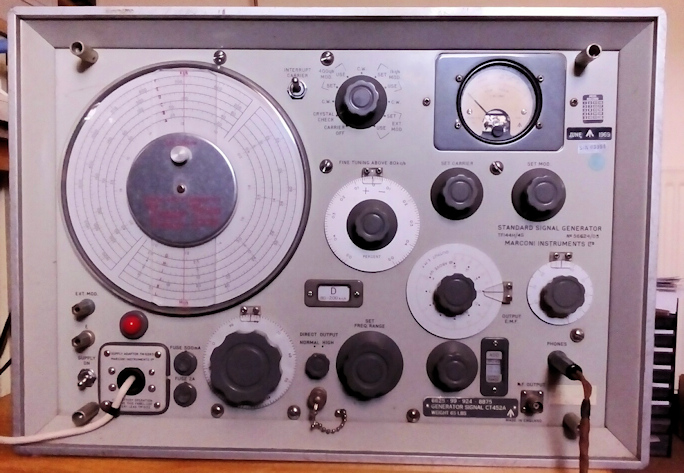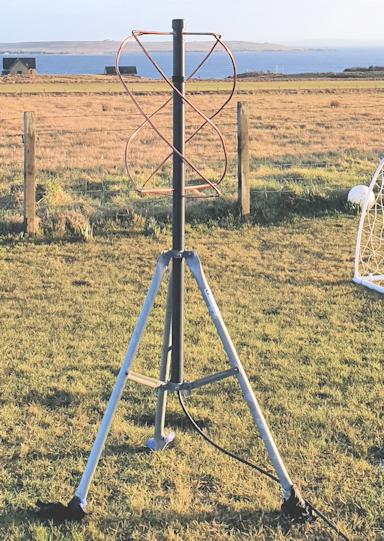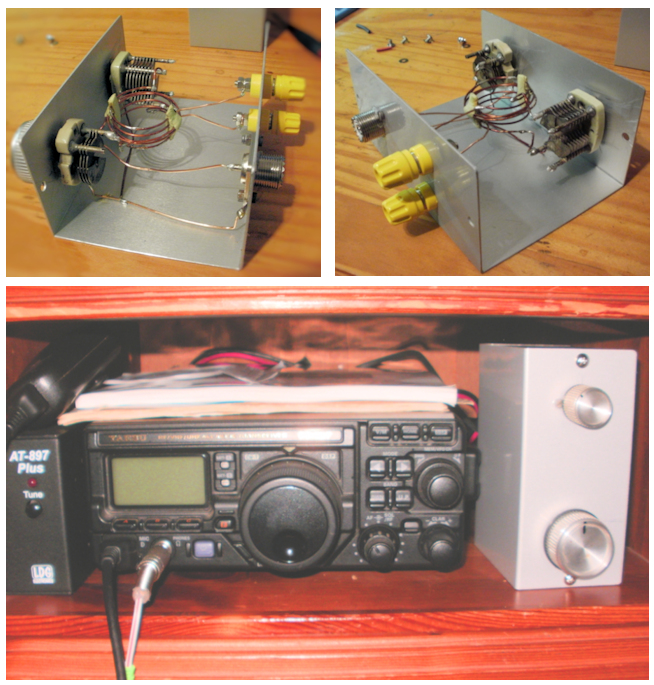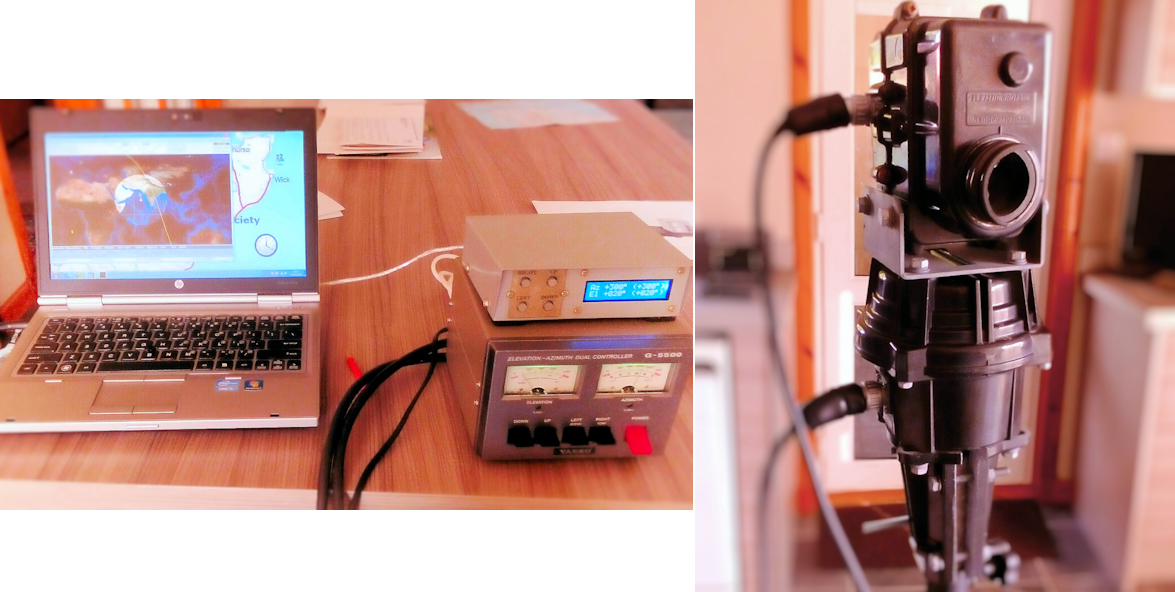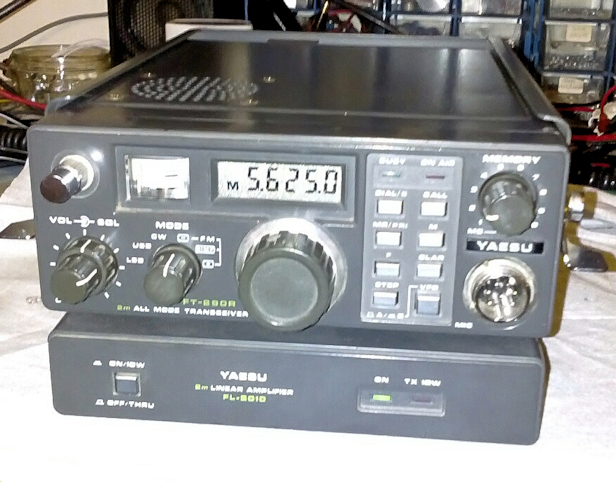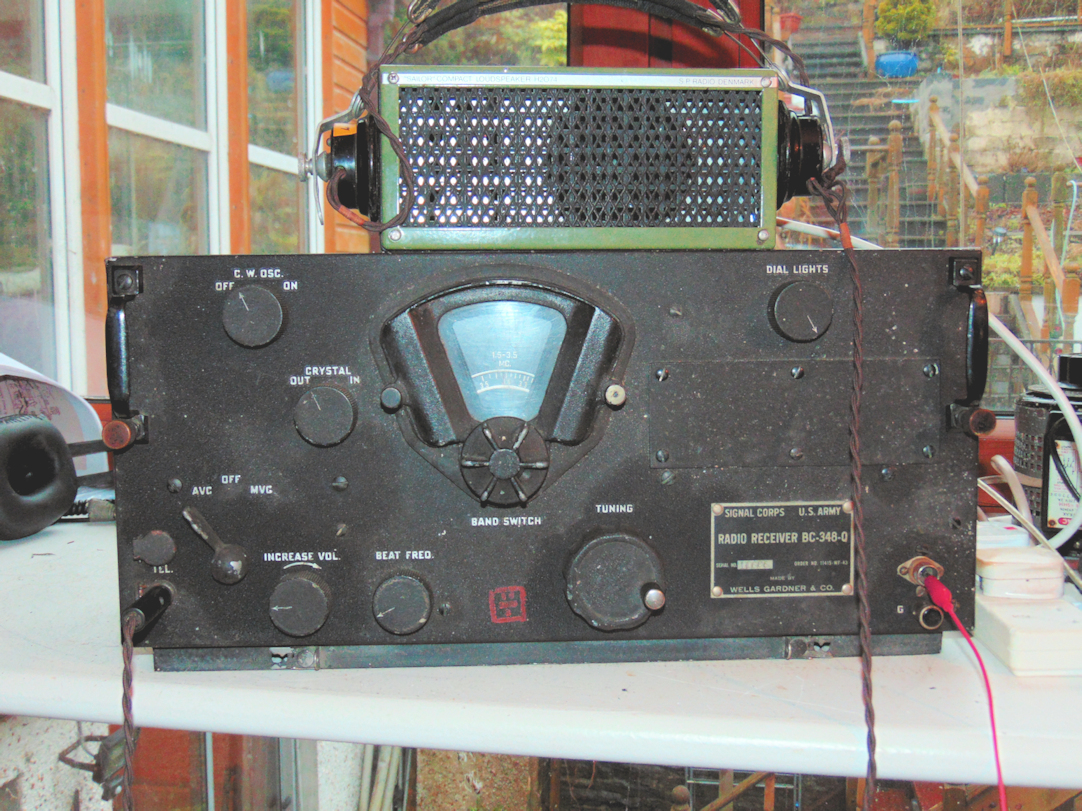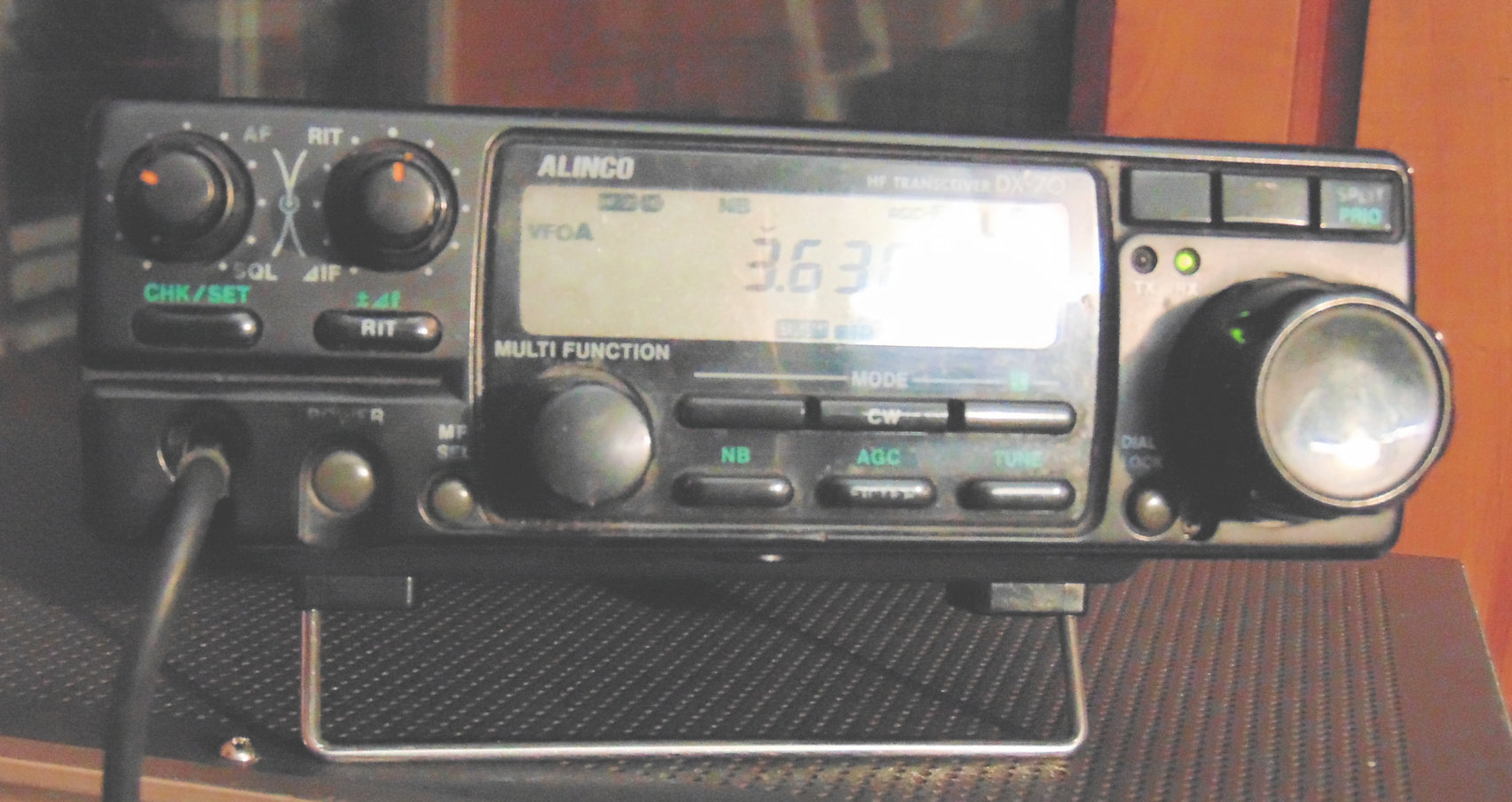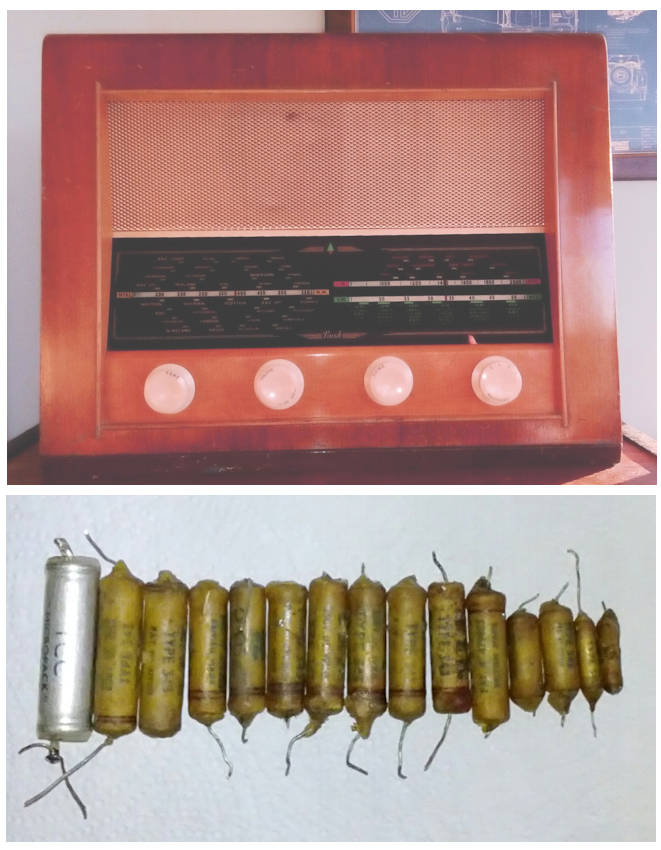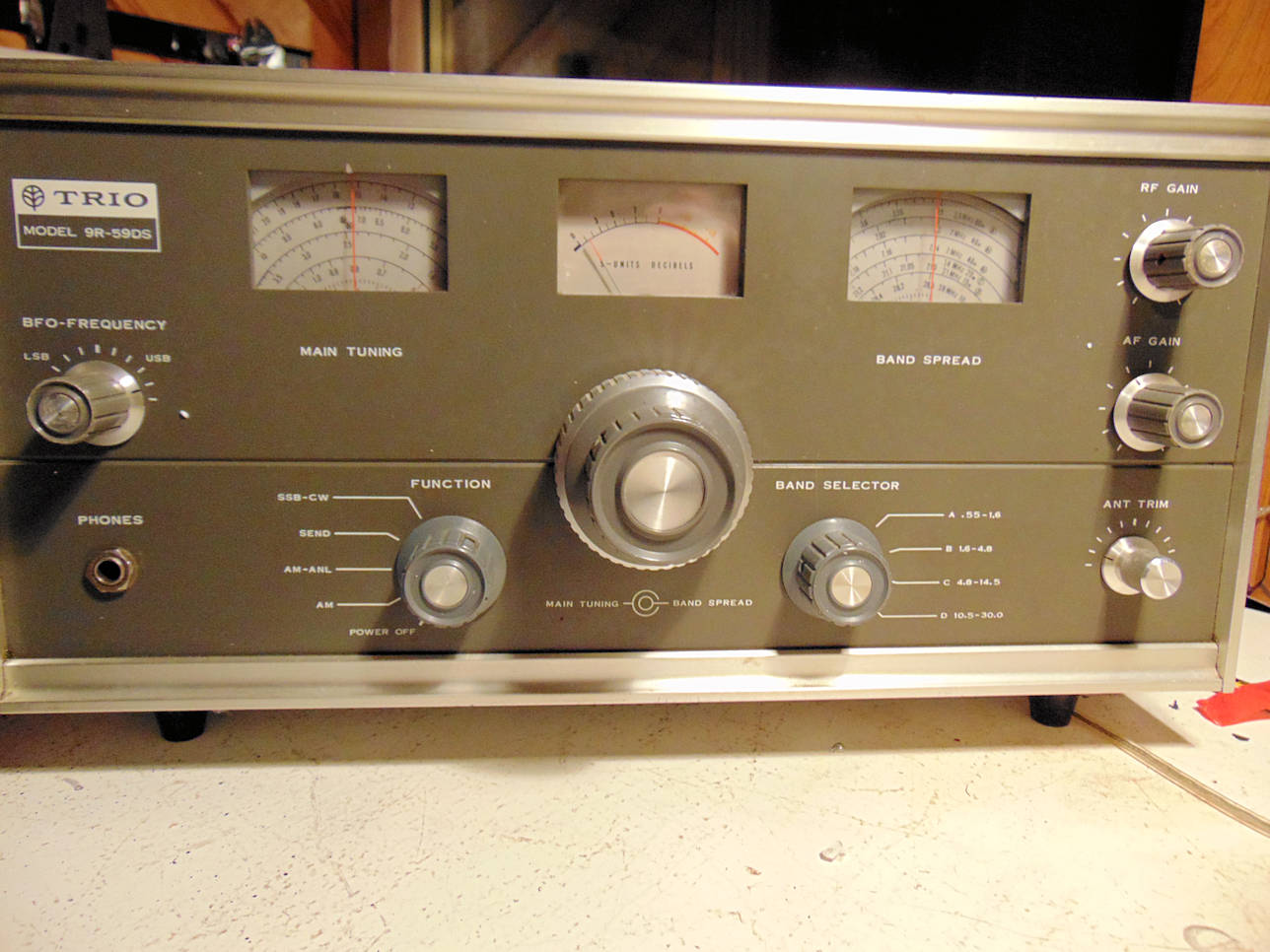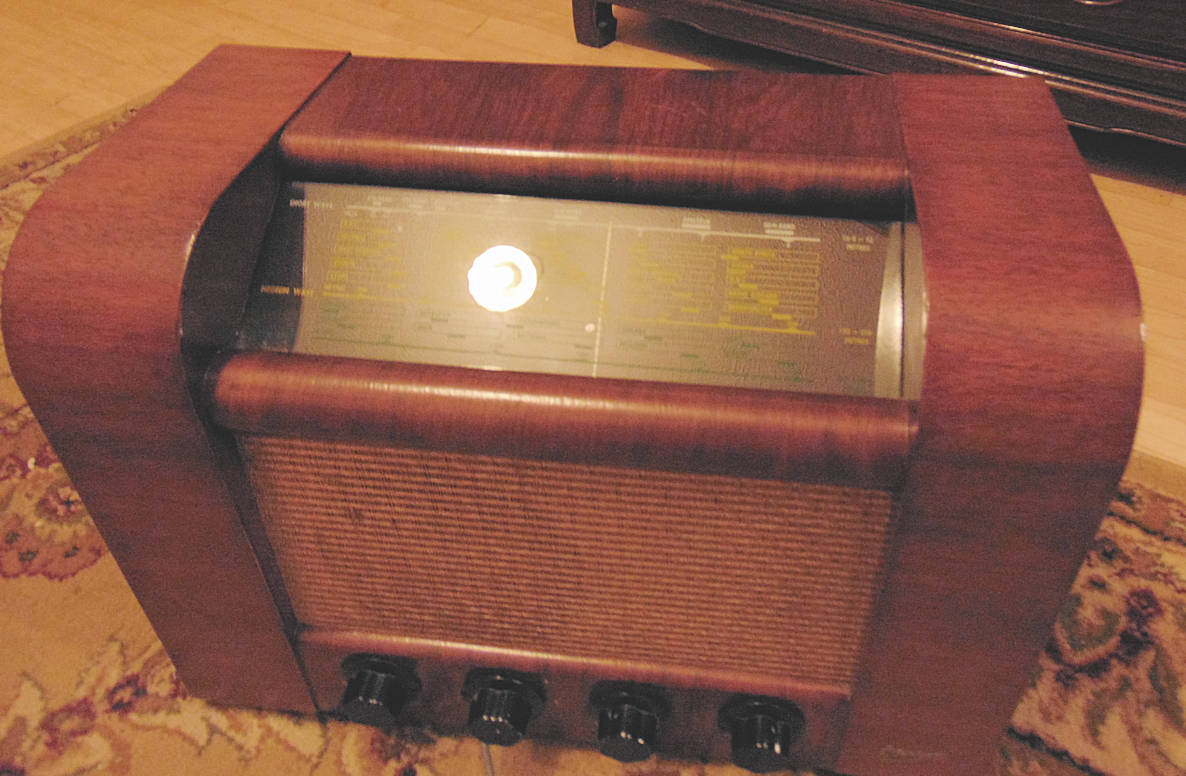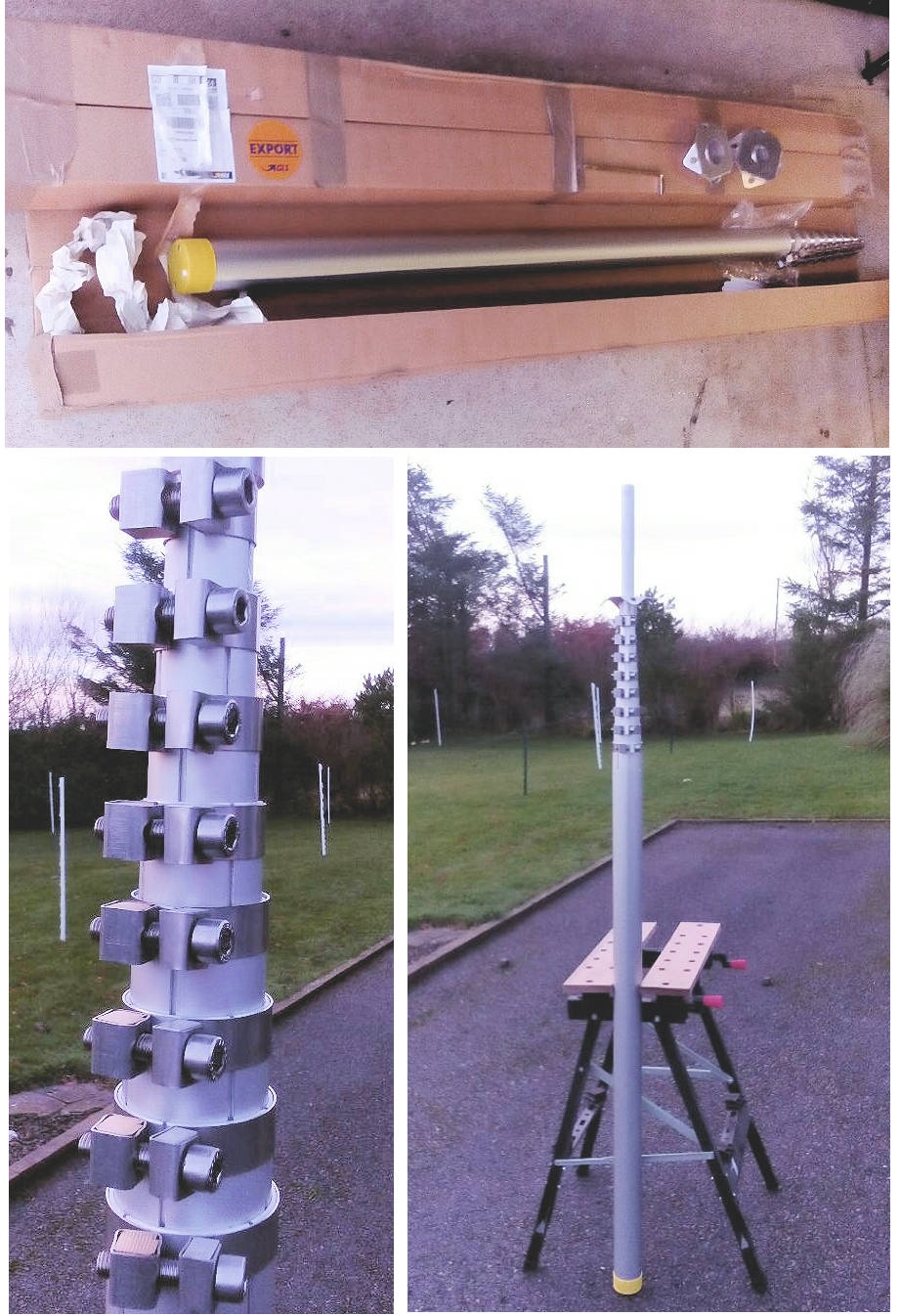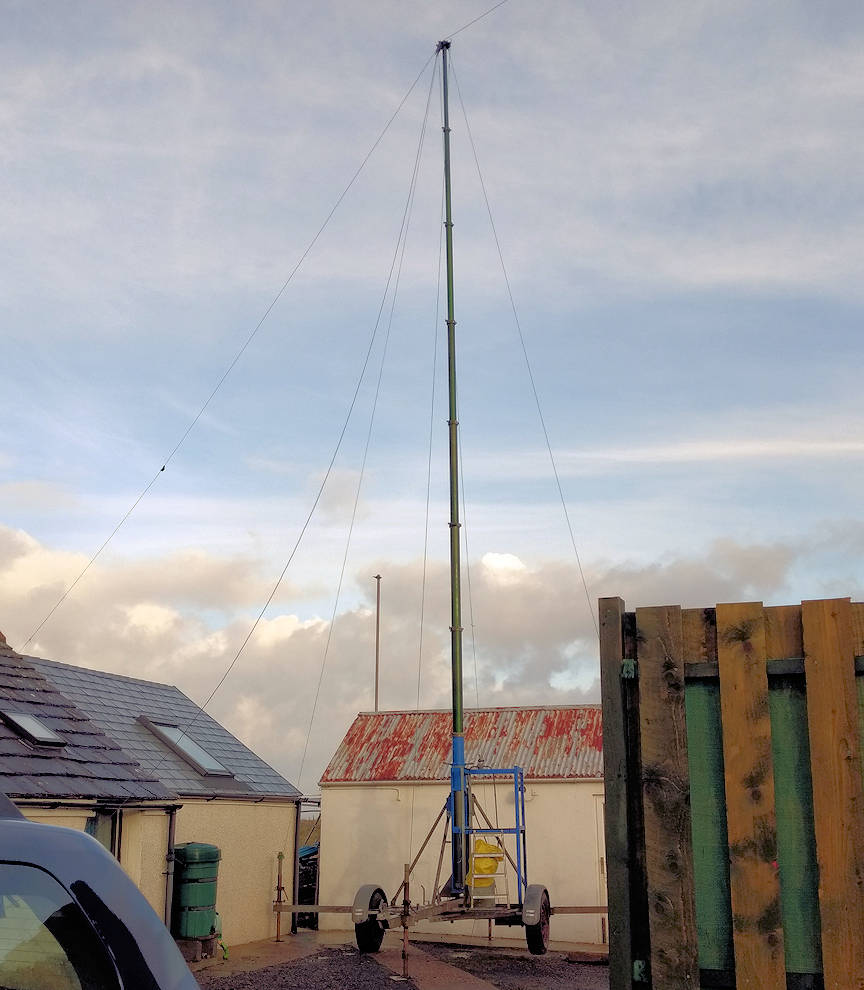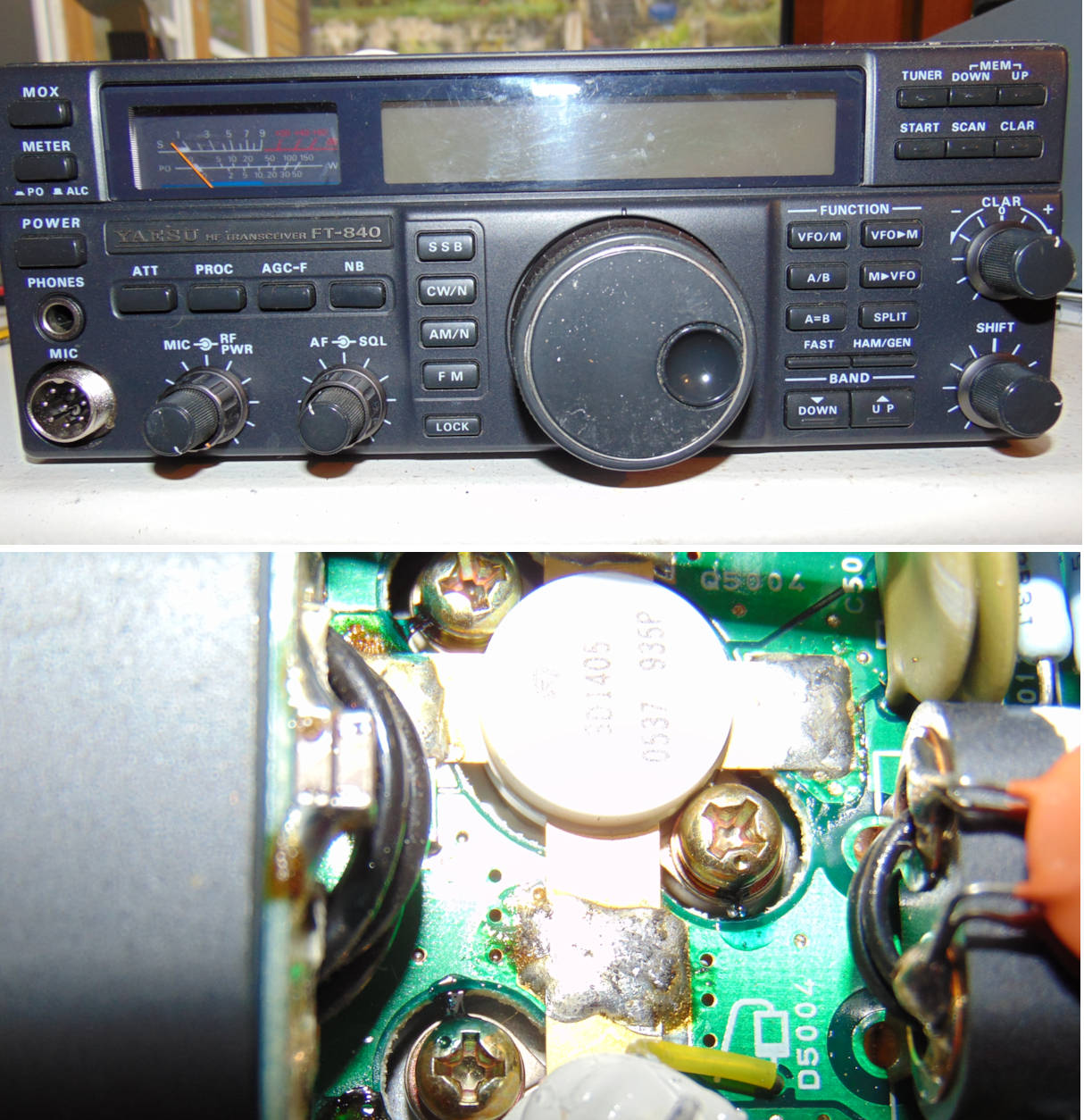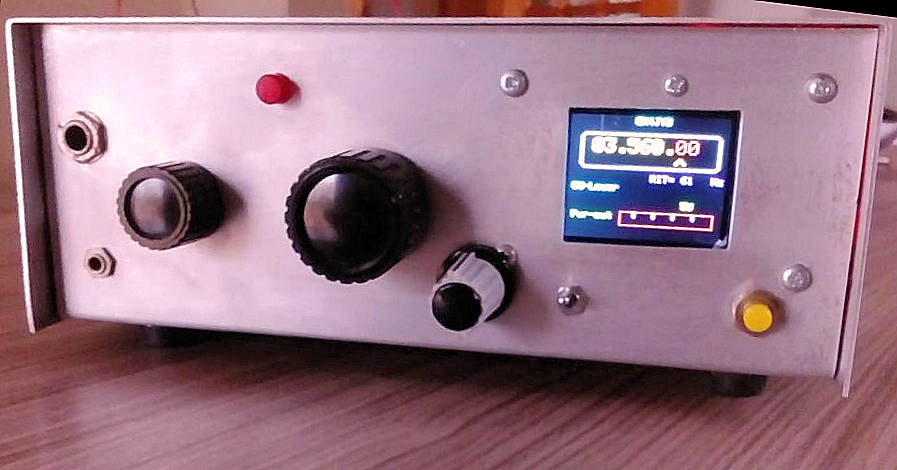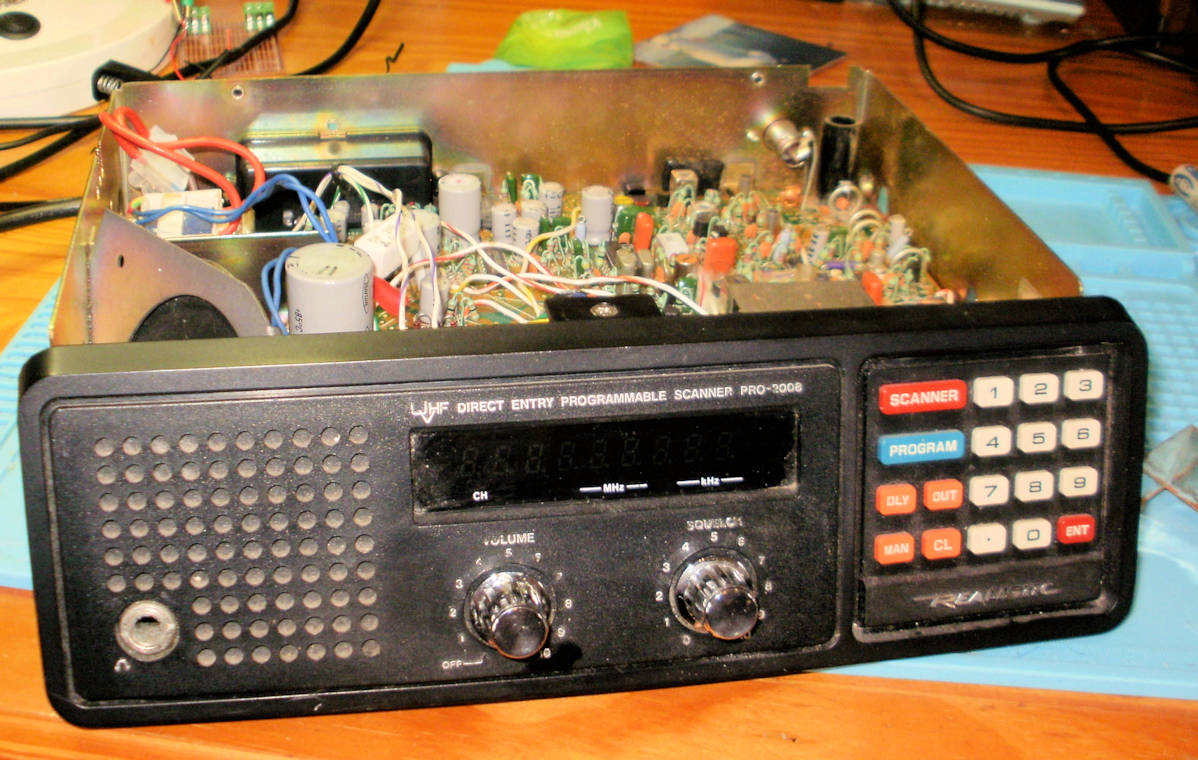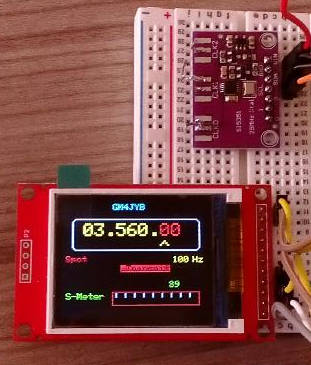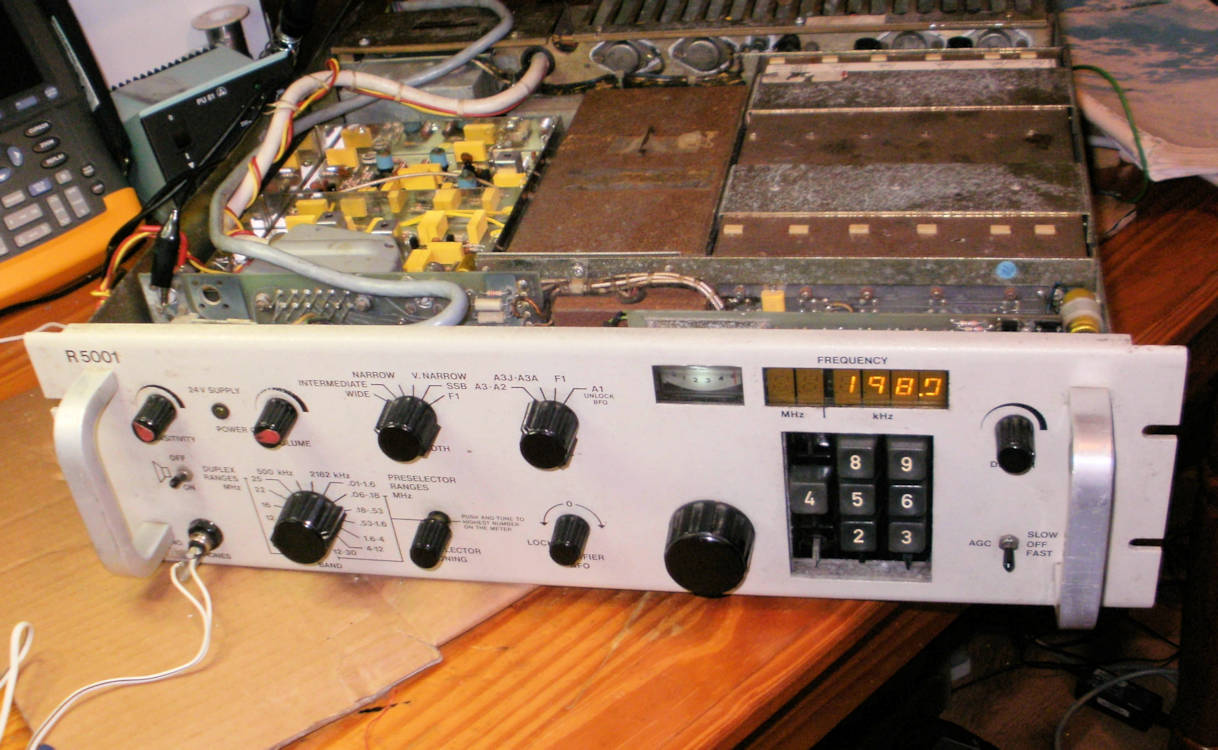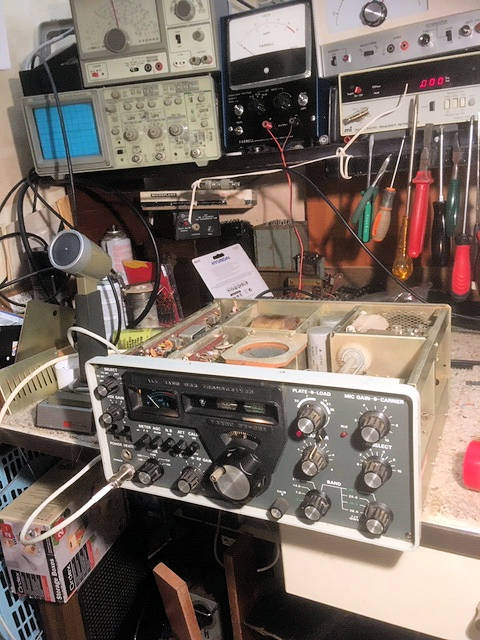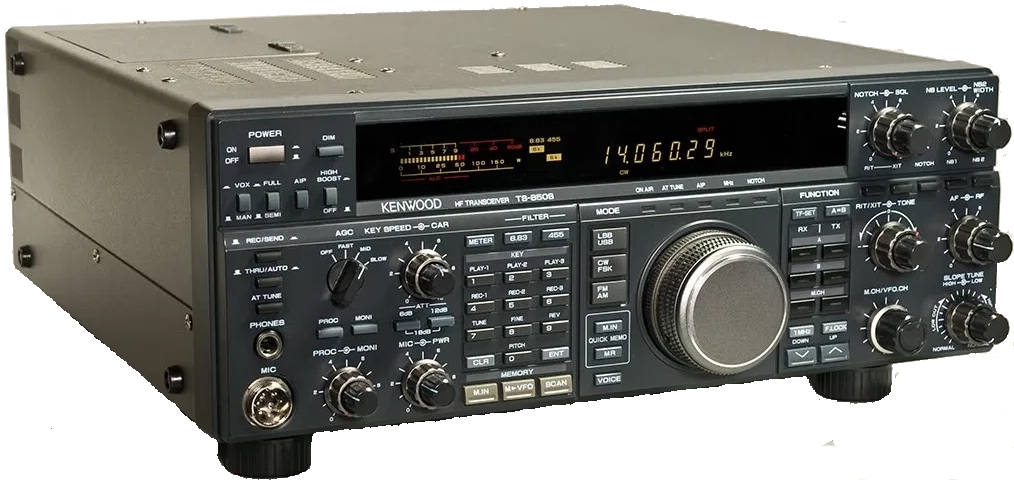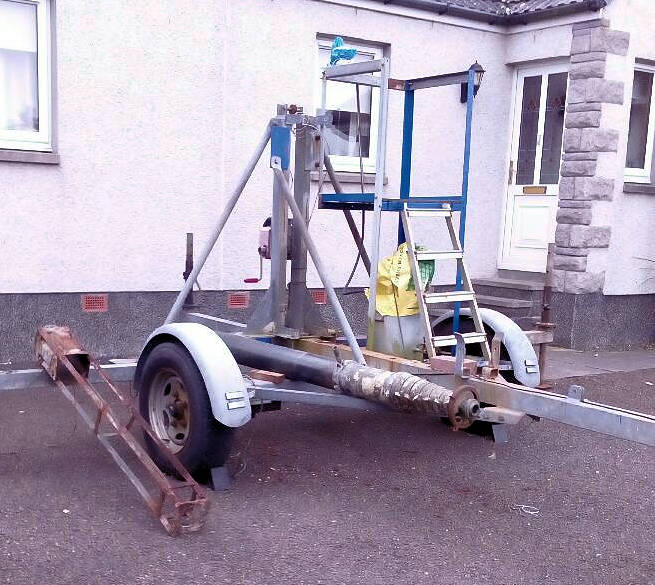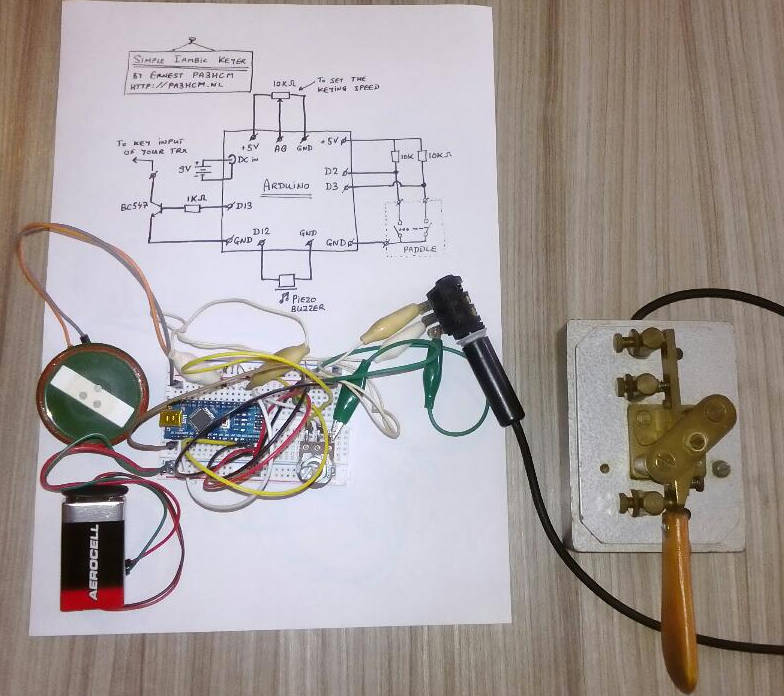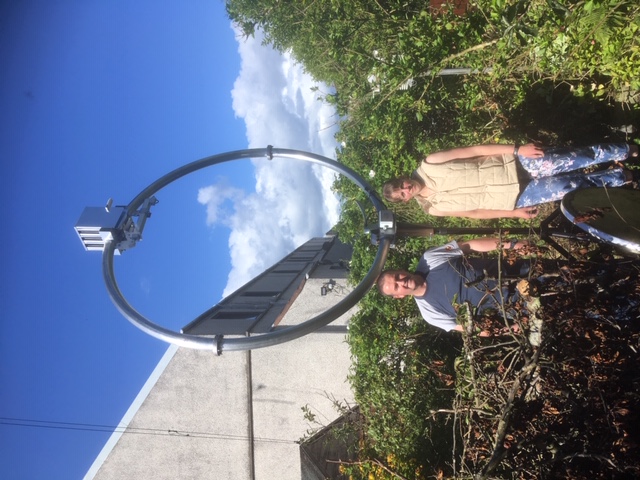IC-765 repair for club member.
Hamish carried out the repair and here is his description:-
A Club member sent me his Icom 765 rig that had stopped working.
When he switched on the dials shone very bright and then the entire radio went dead.
This sounded like a voltage surge from the power supply or some other very big spike.
Like all these type of rigs it involves loads of screws being removed to get inside.
As the display was dead, I had to remove the front panel to gain better access to the display module.
I was fairly soon able to establish that several voltages were now missing.
The circuit showed an IC3 as the source of the missing voltages, however it did not at all match the standard
appearance of an IC.
This unit is a 45mm.. X 35 mm X 18mm chromed brass sealed welded box.
I contacted several dealers, main agents and eventually Icom, only to discover that this component was original
bespoke supply by a company no longer making these, so it was just not available.
Not liking the idea of not being able to repair the rig I cut open the metal box to find it had a bunch of standard components in the form of a DC-DC inverter inside.
Further investigation indicated two open circuit transistors so I thought I may have suitable replacements.
However there are no equivalent transistors so I placed an order with Cricklewoods but then waited about 12 weeks for these to be delivered as sourcing was a problem.
When these arrived I was able to repair and test the unit, solder the case back together, make and fit new connection pins to refit the unit.
Everything switched on and worked as it should with the voltages all correct so I
closed up the rig, about 45 screws, and it is now back with the owner.
I had loaned him a rig during the period we had to wait for these transistors.
However I wonder if there are more of these rigs discarded due to an IC not being available and the unit looking just unrepairable.
The photos will give you an idea as to what was involved.
More pictures can be seen can be seen by clicking on the image.

